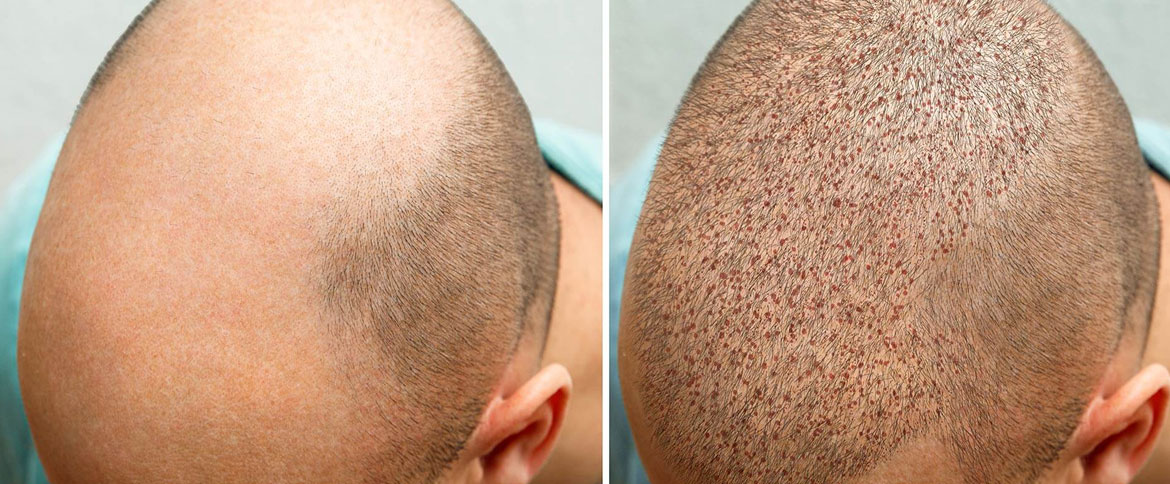Hair Transplant

Hair transplant is a surgical procedure performed to address hair loss or baldness. It involves the transplantation of hair follicles from one part of the body, typically the back or sides of the scalp (donor area), to the balding or thinning areas of the scalp (recipient area). Hair transplant is a highly effective and permanent solution for individuals experiencing male or female pattern baldness, receding hairlines, or thinning hair.
There are two primary methods of hair transplant:
- Follicular Unit Transplantation (FUT): Also known as the strip method, FUT involves removing a thin strip of hair-bearing skin from the donor area. The strip is then dissected into individual hair follicles under a microscope and transplanted into tiny incisions made in the recipient area. The donor area is then closed with sutures, leaving a fine scar that can be concealed by surrounding hair.
- Follicular Unit Extraction (FUE): In FUE, individual hair follicles are directly extracted from the donor area using a specialized punch tool. The surgeon makes small, circular incisions around each follicle, and these follicles are then transplanted into the recipient area. FUE leaves small, dot-like scars in the donor area, which are less noticeable than the linear scar of FUT and can be covered more easily with short haircuts.
The hair transplant procedure is typically performed under local anesthesia, meaning the patient is awake but does not feel pain in the treated areas. The length of the procedure depends on the number of grafts needed and can range from a few hours to a full day.
After the hair transplant, the transplanted hairs will initially shed within a few weeks, but new hair growth should start within a few months. It takes several months for the transplanted hair to grow and mature fully, so patience is required to see the final results.
Hair transplant surgery is generally safe, but as with any surgical procedure, there are potential risks, including infection, bleeding, scarring, and the possibility of an unnatural-looking result if not performed correctly. Choosing an experienced and skilled hair transplant surgeon is crucial to achieving the best outcome.


